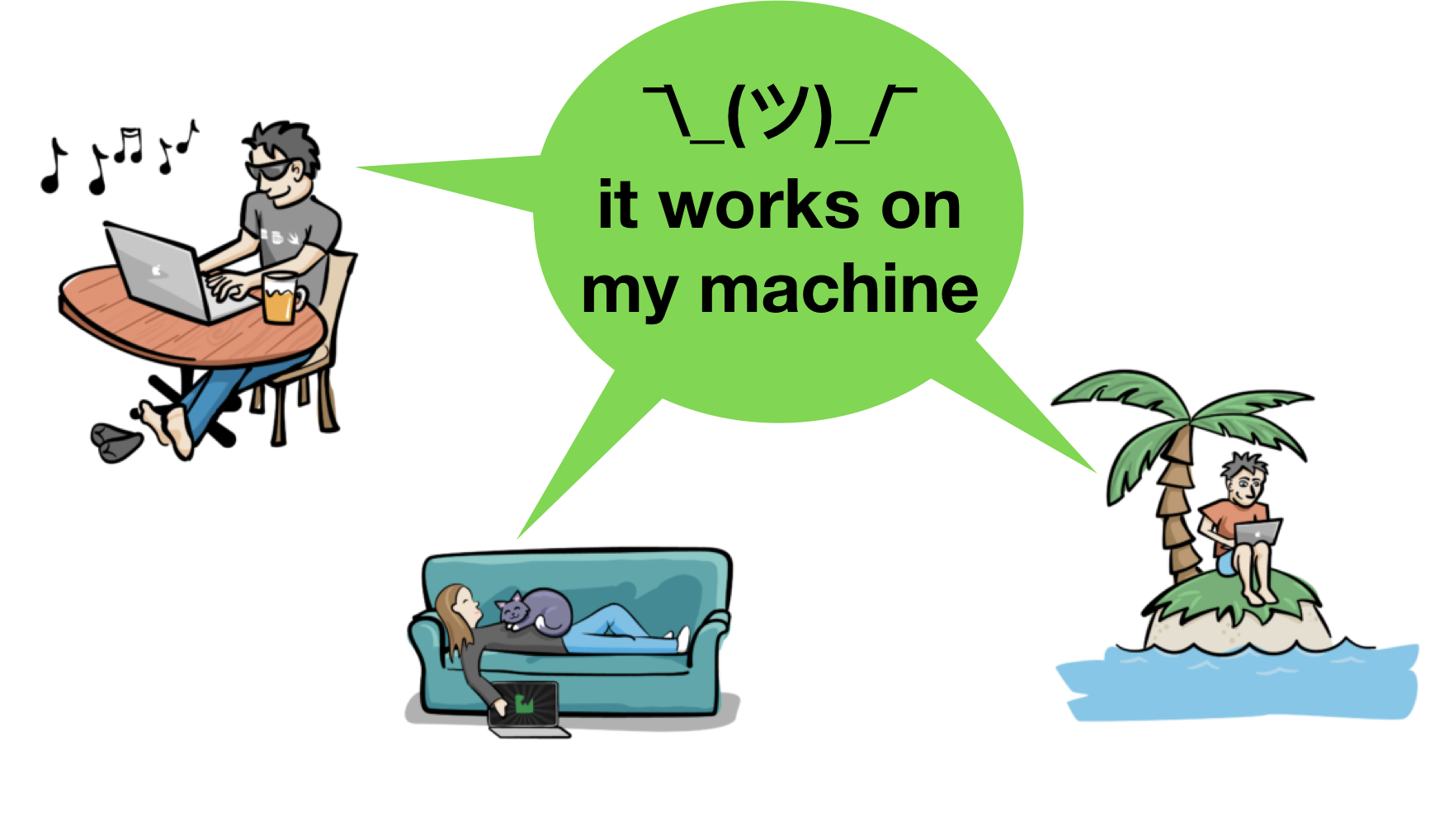We recommend that you connect to the special DNS name host.docker.internal which resolves to the internal IP address used by the host. This is for development purpose and will not work in a production environment outside of Docker Desktop for Mac. You can also reach the gateway using gateway.docker.internal. Docker on Mac with Homebrew: A Step-by-Step Tutorial. Docker has changed the way developers work. It provides an easy way to safely move code from one machine to another without worrying about dependencies and server versions. Firstly, list your machines: $ docker-machine ls NAME ACTIVE DRIVER STATE URL SWARM default. virtualbox Running tcp://192.168.99.100:2376 Then select one of the machines (the default one is called default) and: $ docker-machine ip default 192.168.99.100. For Windows/Mac, you can either connect DOCKERHOST IP address. The other option is Port forwarding. In Windows, a Docker Machine is a virtual machine running under VirtualBox in your host machine. To enable Port forwarding for MySQL and phpMyAdmin, perform the following steps: Open “Oracle VM Virtual Box” Select your Docker Machine.
A recurring question on the Docker mailing list and on theDocker IRC channel is “how can I change the network range usedby Docker?”. While Docker itself doesn’t have a configurationoption to change this network range (yet!), it is very easy tochange it, and here is how.
Docker’s default behavior
When you (or your distro’s init scripts) start the Docker daemon,the daemon will check if it was given a -b option on thecommand-line. This option specifies the name of the bridgeinterface to be used by Docker. All the containers will bebound to this bridge. If the -b option is not specified,Docker will use the name docker0 instead.
Then, Docker will check if that bridge interface actuallyexists. If it does, it will use it – and use whatever IPaddress and netmask are configured on this address. Forinstance, if you already have a bridge br0 setup withIP address 10.3.3.100/24, and start the Docker daemonwith -b br0, then containers will be started on IPaddresses from 10.3.3.1 to 10.3.3.99, then (skippingthe bridge address) from 10.3.3.101 to 10.3.3.254.
If the interface doesn’t exist, Docker will create it,and assign an IP address to it. But of course, it cannotjust pick a random IP address: it would always conflictwith someone’s IP addressing plan out there. So Dockertries to be smart. It tries a number of different ranges,until it finds one that doesn’t overlap with an existingroute on your system, or with your DNS server. (You can seethe whole list in network.go.)
Hell is paved with good intentions
But Docker only knows about your directly connected routes(using the ip route command) and your DNS server (checking/etc/resolv.conf). The first address that Docker tries touse is 172.17.42.1/16. Suppose that your machine’s IP addressis 192.168.1.2/24, your default gateway is 192.168.1.1/24,and you happen to have an internal server on 172.17.6.6,reachable through your default gateway. Docker won’t “see”the route to that server (it will only see the default route),and it won’t be able to “know” that it shouldn’t use thatnetwork.
In other words, Docker network allocation scheme is notbullet-proof. It’s still useful, because instead of working99% of the time, it probably works 99.99% (I’m completelymaking up those numbers); but the remaining 0.01% still needa solution.
So what should I do?
If you are in that 0.01%, the solution is very simple: justcreate your own bridge, configure it with a fixed address,tell Docker to use it. Done.
If you do it manually, it will look like this (on Ubuntu):
Docker For Mac Machine Ip Address
If you want to persist your changes across server reboots,you can add the bridge to /etc/network/interfaces/. On mylaptop, I have the following definition in that file:

My version of the ifupdown scripts require that a bridge_portsoption is present, otherwise, it doesn’t recognize the interfaceas a bridge. Therefore, I put a dummy interface in it. Also, forbonus points, I disabled the STP protocol and reduced the forwardingdelay to zero.
Then, I updated my Docker init script to add -b br0.

Note: I used br0 because I also have other VMs running on thismachine (using QEMU, VirtualBox, and sometimes KVM) and I configuredeverything to use br0, so my containers and my VirtualBox VMs cancommunicate directly. But to make things simpler, you can just usethe name docker0 in your interfaces definition file, and Dockerwill pick it up automatically without extra configuration.
But I don’t want to edit my system files; can’t Docker do this?
Not yet. But it would be reasonable to extend the -b option tospecify the address and netmask to use; for instance -b br0 wouldstill use the br0 interface “as-is”, but -b br0=192.168.1.1/24would create the interface and assign an IP address.
Docker For Mac Machine Ip Address
Docker is an Open Source project, and contributing is really easy.If you really need that feature, it could be the perfect opportunityto learn Go :-)
Docker For Mac Machine Iphone
Seriously, though, if you want to implement this, don’t hesitate toopen a GitHub issue (after having read the contributing guidelines)to indicate that you will be working on it; and we’ll look forwardto reviewing your pull requests!